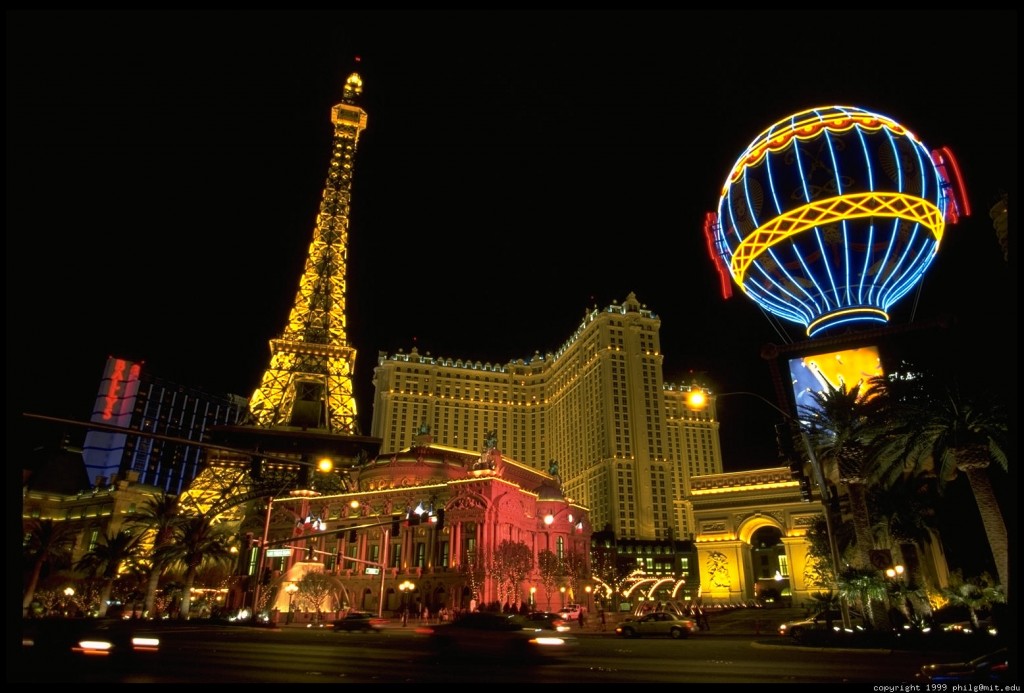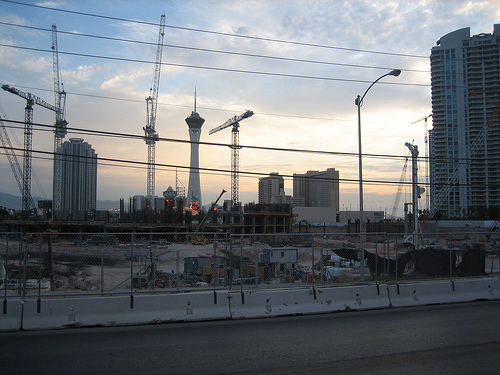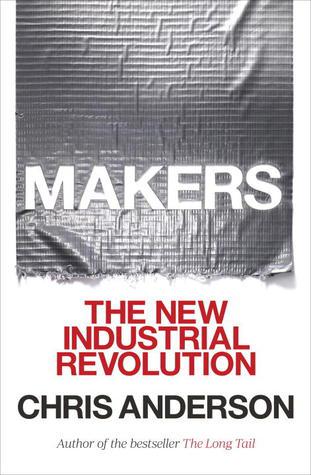Today we have a guest post from Distinguished University Professor and social theorist George Ritzer. This text is only part of the talk Dr. Ritzer will deliver in Las Vegas on Friday, August 19thas part of the Consumer Society Research Network conference. Ritzer’s work on the technologies of consumption is in full force in this essay. The technologies of consumption in the form of ever more spectacular “cathedrals” of consumption are coming to look more and more like “dinosaurs.” This essay to provides an important backdrop of the current economic situation in Las Vegas, one in which Ritzer argues mirrors larger trends in consumerism and globalization.

There is, at least from my point of view, no better place to discuss the crisis and contradictions in consumption in the US, especially in its cathedrals of consumption, than in Las Vegas, the city devoted to, and built on, consumption and defined globally by its iconic cathedrals of consumption; the major daftar idn poker casino-hotels on the Strip. It is here that we witnessed what was arguably the greatest consumer-driven expansion in the US in the run up to the Great Recession and, as a result of the latter, perhaps the greatest economic setbacks. Unemployment in Las Vegas rose as high as 15% and is still over 12%. That was due to online game such as fluffy favourites slots, many people turn to play at home than going out in land-based casino. New construction is virtually non-existent. The foreclosure rate, while slightly down from 2009, remains the highest, and by a wide margin, of all the metropolitan areas in the US. Gaming revenue dropped by $2 billion at the depth of the recession and is still down about $1.5 billion from the peak. The largest casino hotel conglomerates- MGM and Caesars- continue to report huge losses largely because of debt incurred during the Great Recession. Upon reviewing hows the world of land-base casino stands nowadays, it was devastated I can merely say that the heat is on slot this very day and becoming more phenomenal. Mirroring the global economic shift to the Far East, Las Vegas is no longer the gambling capital of the world and has been surpassed by both Macau and Singapore. There are a lot of online casinos available out there. So you may have the freedowm to choose the mobile casino that you like the most. You can join many online casino at the same time then you can change to play different games in different online casino if you aren’t enjoying one of them or its bonuses aren’t advantageous for your style of play. Of course, top online casino malaysia is the best for you which it offers a lot of different types of games and promotions as well. For those gamblers who doesn’t like crowds and smoky environment, online mobile casino is the best choice for you! You can start playing immediately without waiting for others. The most popular games are ready for you when you’re ready to play too at anytime!
Of course, the cathedrals of consumption would not be in crisis was it not for the broader problems facing consumption and the economy more generally. Most of the leading cathedrals of consumption on the Vegas Strip were constructed in the boom decades running up to the onset of the Great Recession in 2007 and they were built, and expansions and other cathedrals of consumption planned, in the expectation that the boom would continue. The recession hit the Strip, as well as Las Vegas more generally, like a sledgehammer and both have yet to recover. The gaming conglomerates that dominate the Strip (MGM, Sands), as well as gambling globally, were also hit hard, although they have largely recovered, at least as far a share price is concerned.
While the recession seems to have abated (although there are signs as I write of a “double-dip”), at least for the moment, there are deeper and longer term crises and contradictions facing the cathedrals of consumption:
First, they were erected during a period in which consumption increasingly dominated the American economy and relatively few questions were raised about such a focus on consumption and a corresponding lack of concern with production. However, in light of the recession, the rise of China as a production colossus, and the huge US debt to it and others, real questions have been raised about the long-term viability of a consumption-oriented economy. Can we consume our way to economic success? Could we ever have really done so? We incurred massive and ultimately unsustainable personal and national debt while we continued to fall short of a full-scale consumption society. Where would we have stood in terms of such indebtedness had we achieved the “dream” (nightmare) of a society fully devoted to consumption (and to jobs devoted to serving those who consume)?
Second, the irrational exuberance of the pre-recession era which, among other things, led to massive overbuilding in many places in the US (for example, American Dream Meadowlands [formerly Xanadu] Mall outside New York City) and the world (most notably Dubai, but also Spain), including Las Vegas in general and the Strip in particular. The housing market in Las Vegas is a disaster; one of the worst in the US. Most new construction is, at the minimum, on hold. Hotel rooms are readily available, often at bargain prices. There are plenty of empty seats at the gaming tables. Las Vegas shows are available at deep discounts. Partly constructed casino hotels, some perhaps never to completed, are to be found on the strip and those that are recently completed have plenty of empty rooms.

And, third, those un-, and recently, finished casino-hotels are, like Dubai’s Burj Khalifa and the Palm islands and its hotels and attractions, “dinosaurs of consumption”. The dinosaurs of consumption are huge and expensive to build and operate cathedrals of consumption that were planned and in some cases built in the period of irrational exuberance before the onset of the Great Recession. They are “dinosaurs” because they, like dinosaurs themselves, are ill-suited to the environment in which the find themselves and are facing the possibility of extinction.
Among the unfinished dinosaurs of consumption on the Vegas Strip is the bankrupt Fontainebleau Las Vegas. Construction on the nearly $3 billion, 4,000 room hotel was halted in 2009 and has yet to resume. The site was bought by financier Carl Icahn at auction in 2010 for a mere $150 million. Then there is the similarly unfinished $4 billion Echelon; building was suspended there in August 2008. The Harmon at City Center was supposed to have a 28 floor hotel topped by 21 floors of condos; only the exterior of the hotel was built and it may well be demolished because of design flaws. The exterior of the Octavius Tower at Caesar’s Palace is completed, but its inside is bare. St Regis Residences to be built between the Venetian and Palazzo was planned to have nearly 400 luxury condos with some priced as high as a million dollars. Construction on it was halted in 2008 but the steel beams are camouflaged in a wrap designed to make it appear like a finished (a simulated!) building. Another unfinished hulk, not camouflaged, is the planned 19-story Wyndham Desert Blue time share near the Rio casino-hotel. Aliante Station in North Las Vegas is bankrupt and the area around it has not been developed as planned. Other unfinished condos and shopping malls litter the Las Vegas landscape far off the Strip.
The largest landscape of consumption, encompassing a number of cathedrals of consumption, is City Center, the biggest private construction project in the history of the US (estimated at $11 billion dollars). It encompasses one structure that is already a dinosaur (The Harmon), while others could achieve that status since they have been losing money and many condos remain unsold. Also within City Center is Crystals, a “soaring cathedral of ultra-high-end shopping” (Fortini, 2011). On a recent visit to the 3-floor, 23,000 square foot Prada store in Crystals there were 3 employees and no customers. It is described as the “saddest shopping center on the planet”…and the “world’s most splendid ghost mall”. It is, in my terms, and “island of the living dead” where the shoppers are described as being “devoid of spirit”. (Of course, there are many such islands in Las Vegas; in fact, there is little in the way of a “sea of life” between the islands, at least on the Strip.) The restaurant Beso and the nightclub Eve have already gone out of business. In fact, it is not beyond the realm of possibility that Crystals as well as City Center itself will become dinosaurs, or in the case of the latter home to at least several dinosaurs. The existence of one or more dinosaurs (such as the Harmon) at City Center makes it likely that others will experience the same fate. However, given the magnitude of the investment, it may be that City Center as a whole is too big to fail. This is especially the case because a series of hulks there like the Fontainebleau and Echelon could be contagious and threaten other casino-hotels there, as well as ultimately at least some of those on the Strip itself.

What I want argue is that the dinosaurs of consumption in Las Vegas (and elsewhere) are highly visible symbols and metaphors for the excesses of consumption, the hyperconsumption, that characterized the developed world, especially the US, in the boom years, even decades, that preceded that Great Recession. They stand as constant reminders of that excess and the hubris associated with it.
Clearly, hyperconsumption is ultimately unsustainable economically, and certainly ecologically and arguably even morally. Even a cursory examination of Las Vegas’ cathedrals, and especially its dinosaurs, of consumption should make that abundantly obvious. They should remind us, and the rest of the world, of the folly of such a form and level of consumption. However, the world has clearly not learned the lessons as reflected in the fact that Las Vegas is being outdone by spectacular developments in Dubai, Macau and Singapore.
While this problem strikes quite near to home, if not literally in our home, for many of us, Las Vegas and Dubai are notable not only for their dramatic dinosaurs of consumption, but also for homes and communities that are extinct or nearly so. The landscape of Las Vegas is littered with unfinished buildings, homes and communities. Many homes have been foreclosed on, abandoned, or offered for sale at discounts that seemingly no matter how deep the discounts people cannot be induced to buy them.
The issue, of course, is whether what is described above is just part of a short-term slowdown or whether it is part of a long-term change involving retrenchment following a period of irrational exuberance in consumption in general and in the cathedrals and landscapes of consumption in particular. More generally, one is led to wonder whether we have witnessed the end for many of the collective dream that untold happiness lies in consumption, especially in the excesses associated with the themselves excessive cathedrals of consumption. If we are, it is possible that the Strip’s cathedrals of consumption will at some point in the future not simply be debris or fossils from an earlier era, they will be little more than what Walter Benjamin called “traces” of that earlier epoch. Furthermore, Benjamin discusses the decline in quality of the traces or detritus left behind as epochs pass from the scene. It seems likely that the detritus left behind by today’s Las Vegas (e.g. an abandoned New York, New York or Excalibur) is likely to pale in comparison to the detritus of past epochs such as the Eiffel Tower. We have become accustomed to seeing traces of America’s industrial era in the rusting hulks that were our textile, steel and automobile factories. It is not outrageous to think that Las Vegas faces a similar future with the unfinished hulks dotting the Strip (and the rest of Las Vegas today) today being the precursors of tomorrow’s abandoned hulks. It may be that Las Vegas and its cathedrals of consumption are too big to fail, but we thought that about Lehman Brothers and many of Detroit’s great factories (e.g. River Rouge). At the minimum, watching and studying our cathedrals of consumption is a useful and abundantly obvious way of getting a handle on the state of consumption, and more generally the economy, today. In the past (and likely in the future), their spectacle drew consumers. However, it is not only the positive aspects of the cathedrals that are easy to see, but so too are the negative aspects. It is clear in Las Vegas today that its cathedrals of consumption are beginning to fray. Further signs of fraying will begin to threaten the spectacle that is at the heart of the city; the more the Strip looks tattered and torn, the fewer the number of, and the less well-heeled, the visitors who will be lured to the city. When that process begins in earnest, it will be difficult if not possible to reverse as Detroit has learned as a result of another era and type of economic decline.









